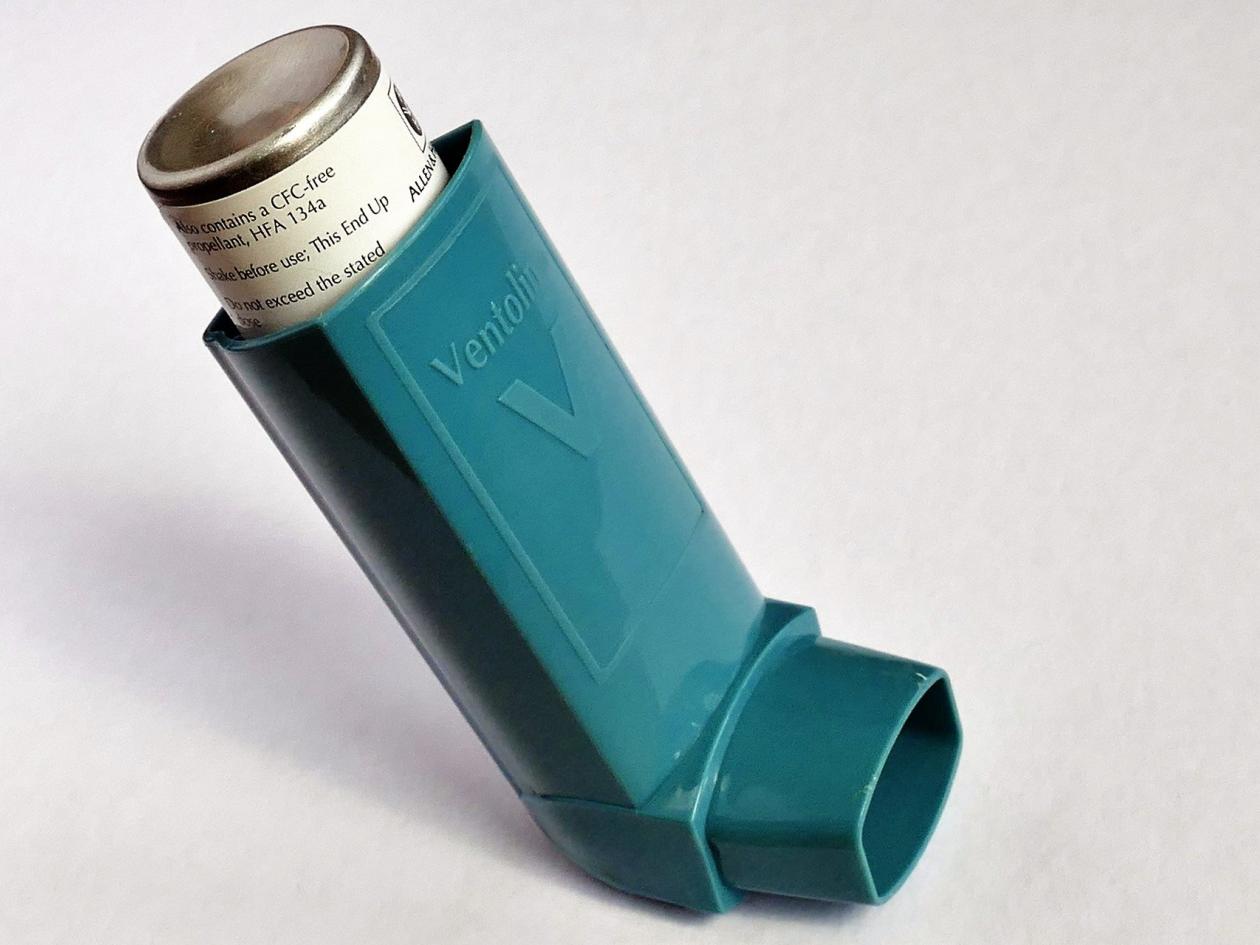Over 300 million people worldwide suffer from asthma, which can be not just a health burden, but also an economic one – especially if the disease is severe and if the sufferer is in a lower socio-economic group. We also know that the effect of stress on the body can worsen both the asthma itself and people’s chance of developing it. What’s especially difficult for asthma patients is that the medication they need can contribute to the burden of their illness.
Some asthma can be treated with a simple inhaler to prevent or relieve symptoms, but it is common for it to require steroids which can be inhaled, but may need to be taken orally if the asthma is severe. These corticosteroids can bring about side effects such as risk of infection, increased appetite, higher blood pressure, mood swings and depression. Using steroids has also been linked with a risk of reduced bone density in some people, and to an increased risk of developing diabetes, especially if the patient is taking high doses.
Allostatic load
We wanted to understand the role allostatic load plays in all this. Allostatic load (AL) is the wear and tear on the body caused by our lives and lifestyles – which can be a precursor to a number of serious physical and mental health conditions. It can also be thought of as premature ageing, which – like asthma – is linked to socioeconomic status and minority status in particular through the experience of stress.
AL could be useful in understanding the relationships between asthma, its treatment, stress, and the other diseases one can suffer alongside asthma. These interlocking relationships are likely to be complicated, with each affecting the other. However, a better understanding of them could help to develop a new approach to managing asthma – perhaps through patients learning to manage stress and reduce their AL.
As far as we know, only one previous study has examined the link between asthma and AL. It showed an association, but in a small cohort of children and teenagers, whose sex hormones may have complicated the relationship between AL and asthma (which affects different genders at different ages).
Biomarkers
In Waves 2 and 3 of Understanding Society, around 20,000 adults agreed to a health assessment with a nurse, and over 13,000 gave a blood sample. These samples were analysed to produce biomarker data – measures of 12 objective signs of health, such as cholesterol, hormones related to stress and ageing, and signs of inflammation in the body due to injury, infection or stress.
These 12 measures allowed us to create an index of allostatic load – a ‘score’ from 0 to 12 for each respondent, showing whether they were at higher or lower risk of ill health.
Results
We found that, after taking socio-economic status into account, people with asthma who were taking medication – but not corticosteroids – had an allostatic load index 1.2 times higher than people with no asthma diagnosis. Those with asthma who were taking inhaled corticosteroids had an AL index 1.12 times higher than those without asthma. These results suggest that the association between allostatic load and asthma is not solely due to steroids, and that people diagnosed with asthma do, indeed, suffer greater wear and tear than people without (regardless of their age, gender and socio-economic status). So even mild asthma has an impact on allostatic load equivalent to ageing eight years – that is, someone of 52 with asthma, not using corticosteroids, has an AL equivalent to someone aged 60 without asthma.
We did find, though, that corticosteroids may help to reduce allostatic load. One biomarker – the level of C-reactive protein, a measure of inflammation – was higher in asthma patients generally, but lower in those using inhaled corticosteroids than those not using them. (This was less true when adjusting for weight-to-height ratio, suggesting that obesity plays a role here, too.)
Another biomarker (Dehydroepiandrosterone sulphate or DHEA-s, a stress-related sex hormone) was also higher in asthma patients (regardless of whether they’d been prescribed corticosteroids) than those without asthma. The presence of these hormones is known to help control asthma symptoms in teenagers, and may have other therapeutic uses, too.
Remaining questions
We couldn’t tell in this study whether asthma leads to allostatic load or vice versa – or if there is a two-way relationship, which is also affected by genes, lifestyle and life experiences. Stress may alter our immune systems, too, in a way which leads to or exacerbates asthma. It may also be true that the well-documented burden of having asthma raises AL.
We have been able to show a link between stress and asthma, regardless of steroid use, and with more biomarker data – perhaps from future waves of Understanding Society – we could shed more light on this.
What we also know is that allostatic load could be a useful way to identify people who are at risk of developing asthma and to identify biomarkers which can help to understand the role of stress in asthma in the future.
Read the original research in Thorax
Authors

Luke Barry
Luke Barry is a Research Fellow at the School of Medicine, Dentistry and Biomedical Sciences at Queens University Belfast

Ciaran O'Neill
Ciaran O'Neill is a Professor in the School of Medicine, Dentistry and Biomedical Sciences at Queens University Belfast

Liam Heaney
Liam Heaney is a Clinical Professor in the Wellcome Wolfson Institute for Experimental Medicine at Queens University Belfast




